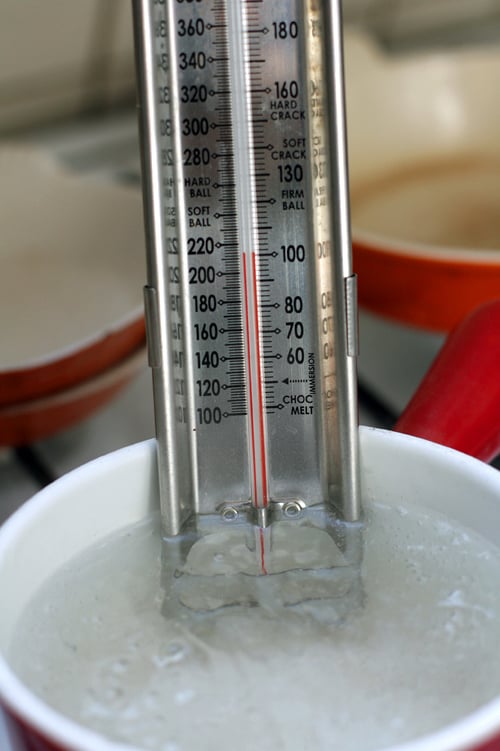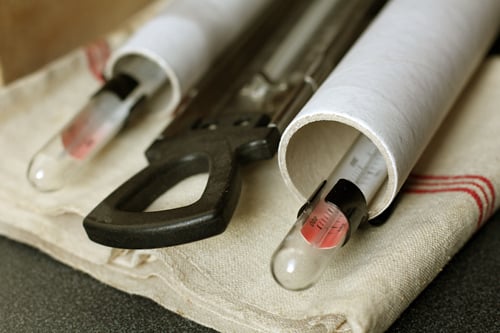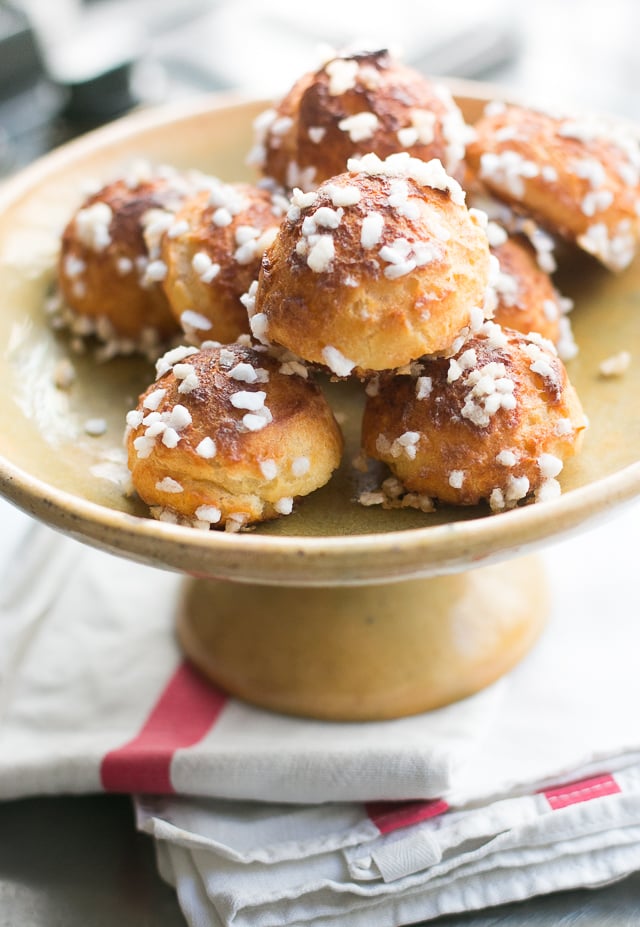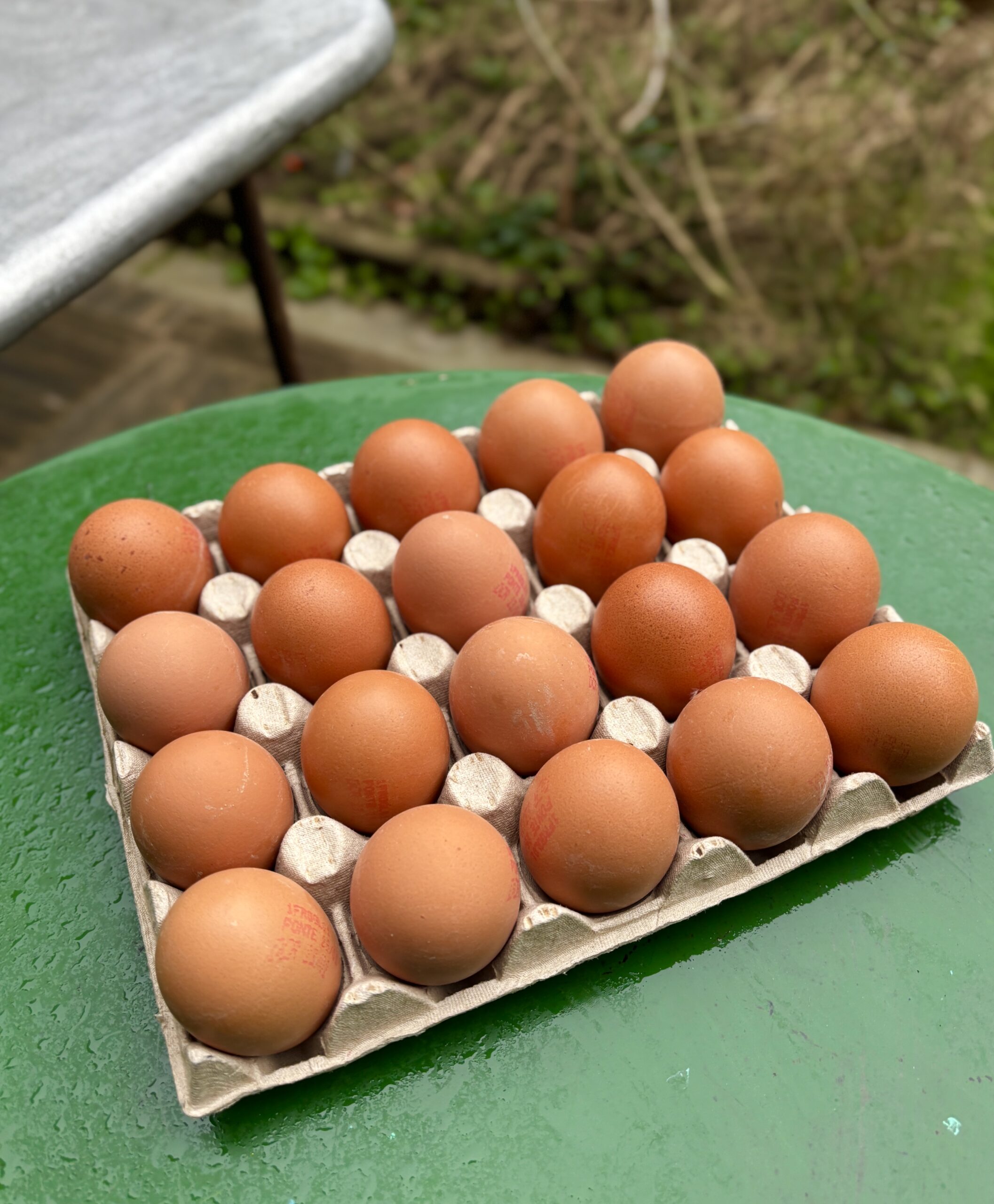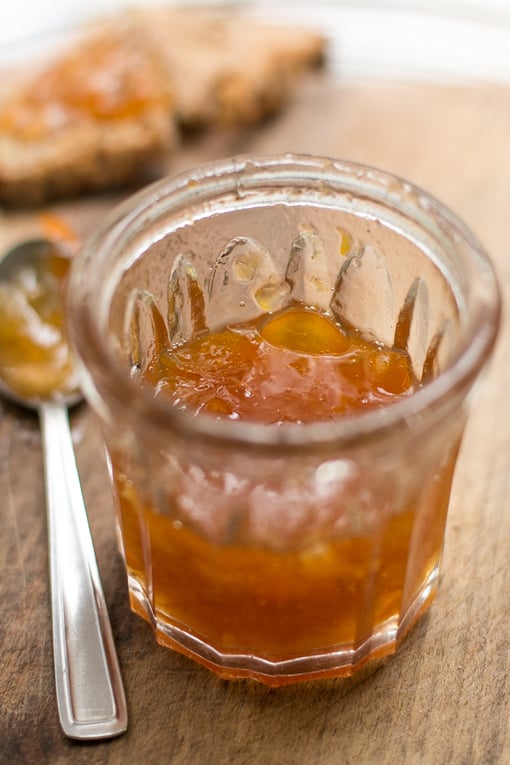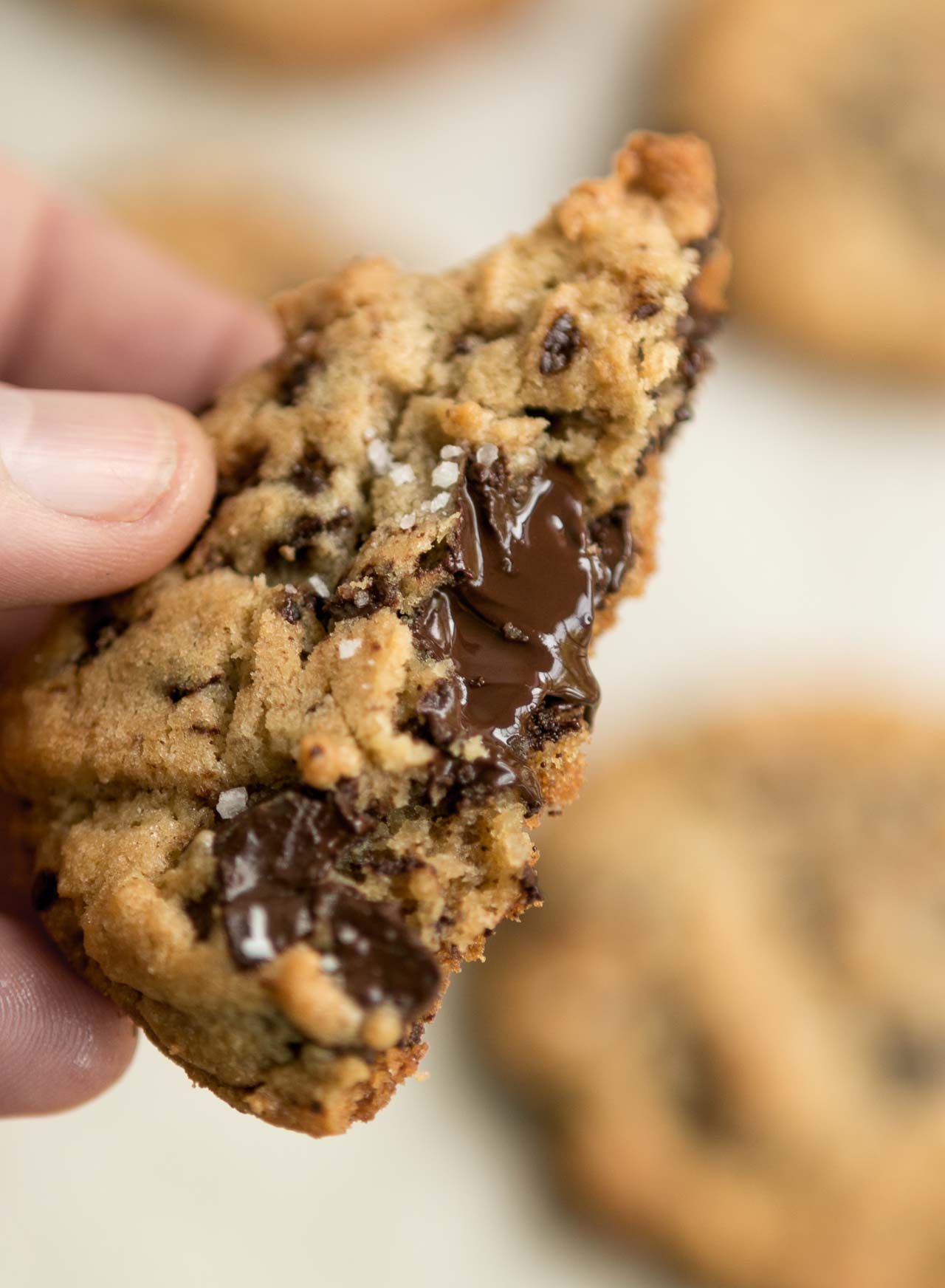Candy Thermometers
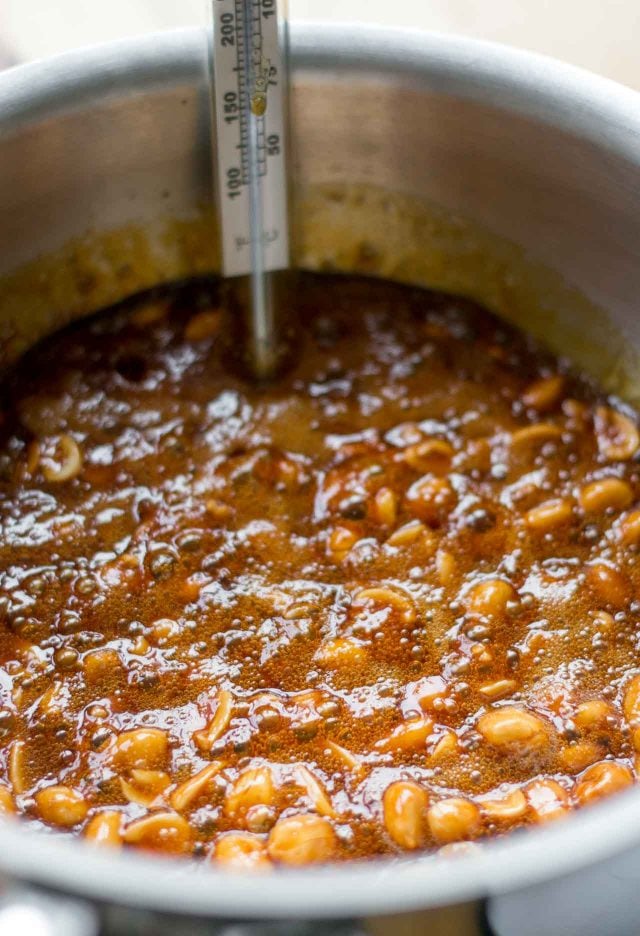
A friend once told me that the one word which terrifies people, enough to dissuade them from tackling a recipe, was the word “thermometer.” Candy making generally requires the use of a thermometer and I’m not sure why people get uneasy around thermometers because like kitchen scales, when things are in precise measurements – like degrees, pounds, or grams – it’s pretty straightforward. In fact, when you think about it, grilling meat or fish to the right point require far savvier than simply reading the numbers on a thermometer.
Candy (also know as deep-fry thermometers) are readily available in houseware stores and almost every supermarket in the states. So there’s no reason to be wary of them as some baking, and candy making projects really do require the use of one. But sometimes recipes don’t turn out as intended and although candy making is famously persnickety (factors such as the temperature of ingredients, weather, and variations in ingredients, like various chocolates, butters, and sugars can affect the results) many candy making issues can be resolved by verifying the accuracy of your thermometer.
To do this, simply clip the thermometer to the side of the pan, making sure the bulb isn’t in contact with the bottom, then add water and bring the water to a full boil. Do not plunge a thermometer into boiling water since the extreme temperature shock can cause it to break.
At sea level, the thermometer should read 212ºF, or 100ºC. If it doesn’t, it’s time to get a new thermometer.
If using one of those probe-type digital thermometers, make sure the tip of the probe isn’t touching the bottom of the pan if testing it, or if using it for candy making. I blew my first one out because the tip of the probe was touching the bottom of the pot while I was boiling a sugar syrup, which ruined the thermometer.
A few thermometer tips:
-Store glass bulb-type in a sturdy paper towel tube, so they don’t break. (Some say to store thermometers upright, but in my kitchen, that presents a storage problem. I do test my thermometers regularly and never found that storing them flat had any adverse effects.)
-It’s best to hand wash thermometers since dishwashers can knock them around and throw them out of whack. Strong detergents can also wear down the numbers, too.
-Keep a spare thermometer on hand. Since thermometers can break (especially annoying when you’re in the middle of a project), it’s nice to have a backup thermometer waiting in the wings.
-I’ve used metal and glass thermometers and really haven’t found much of a difference. This Taylor is quite good and what I prefer, although the glass ones (as shown in the post, poking out of the tubes) work fine. They are more prone to breakage before of the exposed glass so take extra care when using them.
-Digital thermometers have their fans, and one that’s recommended by many professional bakers is the Thermapen.
Related Posts and Links
Altitude-Based Water Boiling Point Calculator
Chocolate-Almond Buttercrunch Toffee Recipe
CDN Thermometers (Company Website)
Taylor Thermometers (Company Website)
